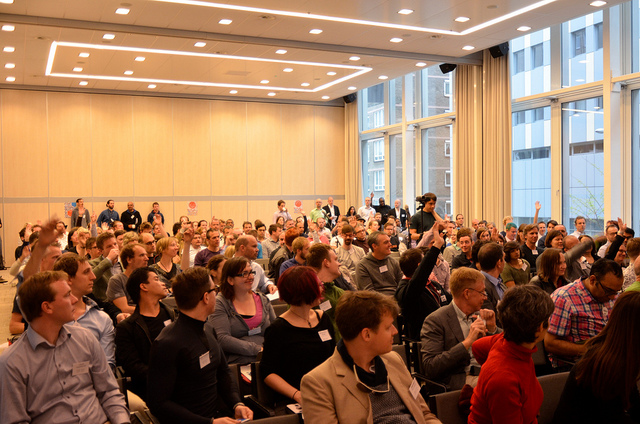This is a bibliography on the topic of ephemerality and social media maintained by Jenny Davis and Nathan Jurgenson. We are interested in papers that directly explore new technologies that specifically afford ephemerality. These technologies, epitomized in the self-destructing content in apps like Snapchat, Tinder, and the iPhone camera, sit in partial juxtaposition to the “stickiness” of traditional new media. Our focus here is on work from the social sciences and the humanities. We consider both articles and substantial blogs and essays. We’d love suggestions for pieces to be included, comment with them below or write nathanjurgenson [at] gmail
Papers
Utz Sonja, Muscanell Nicole, and Khalid Cameran. Snapchat Elicits More Jealousy than Facebook: A Comparison of Snapchat and Facebook Use. Cyberpsychology, Behavior, and Social Networking.
Jennifer Charteris, Sue Gregory, and Yvonne Masters, Snapchat ‘selfies’: The case of disappearing data, in B. Hegarty, J. McDonald, & S.-K. Loke (Eds.), Rhetoric and Reality: Critical perspectives on educational technology. Proceedings ascilite Dunedin 2014 (pp. 389-393).
Jenny Davis and Nathan Jurgenson, Theorizing Context Collapse: Context collusions and collisions, Information, Communication, and Society, 2014
Christopher Kotfila, This message will self-destruct: The growing role of obscurity and self-destructing data in digital communication, Bulletin of the American Society for Information Science and Technology, 2014
Michael S. Bernstein , Andres Monroy-Hernandez , Drew Harry1, Paul Andre , Katrina Panovich, and Greg Vargas, 4chan and /b/:An Analysis of Anonymity and Ephemerality in a Large Online Community, MIT Computer Science and Artificial Intelligence Lab, 2011
Franziska Roesner , Brian T. Gill , and Tadayoshi Kohno, Sex, Lies, or Kittens? Investigating the Use of Snapchat’s Self-Destructing Messages, pre-proceedings version of a paper appearing at Financial Crypto 2014
“Sharing the Small Moments: Ephemeral Social Interaction on Snapchat“, Bayer, J. B., Ellison, N., Schoenebeck, S. Y., & Falk, E. B. (in press). Information, Communication & Society.
“What do they snapchat about?” Patterns of use in time-limited instant messaging service, Computers in Human Behavior Volume 54, January 2016, Pages 358–367
Blogs and Essays
Nathan Jurgenson on ephemeral social media photography in The New Inquiry. Three of his essays on the Snapchat blog on Temporary Social Media, liquid profiles, and again on temporary photography.
Jenny Davis on ephemerality and trust here at Cyborgology.
Sam Ladner has two posts on social media ephemerality, here and here.
One from Jeremy Antley from his blog.









